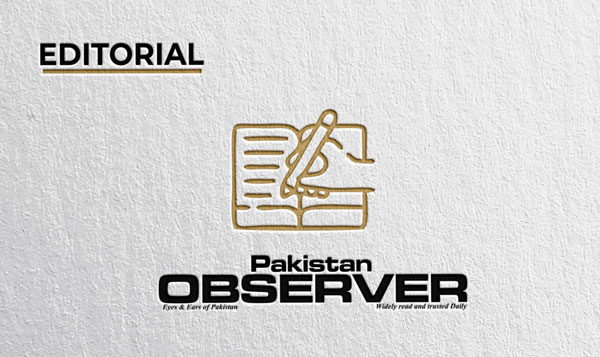The report highlighting a 14.15% surge in medicine prices over the past year paints a grim picture for healthcare accessibility in Pakistan. Coupled with an 18.76% increase in doctors’ fees and a staggering 15.22% rise in overall healthcare facility costs, it is clear that the financial burden on patients is becoming unbearable.
The healthcare sector, which should be a sanctuary of hope and healing, has unfortunately morphed into a daunting financial challenge. Many people are left with no choice but to turn to the private health facilities due to the substandard services offered by public health institutions. The absence of checks on treatment costs and doctor fees in the private sector only exacerbates the problem. Patients often find themselves in a position where they must choose between receiving care and financial ruin. Responsibility rests with government to make medicines and medical treatments affordable for the common man. One essential strategy to alleviate this burden is to encourage local production of raw materials used in pharmaceutical sector.
By fostering a robust local industry, we can not only keep medicine prices in check but also enhance self-sufficiency, reducing our reliance on imported goods subject to fluctuating international prices. Moreover, improving the standards of public sector hospitals should be a top priority. The infrastructure needs urgent upgrades, and the attitudes of medical staff require a fundamental change. A healthcare system that is welcoming, efficient, and equipped with the necessary resources can help divert patients from private facilities, ultimately leading to a more equitable healthcare landscape. Ensuring that healthcare remains within reach for all is not just a policy choice; it is a moral obligation.










